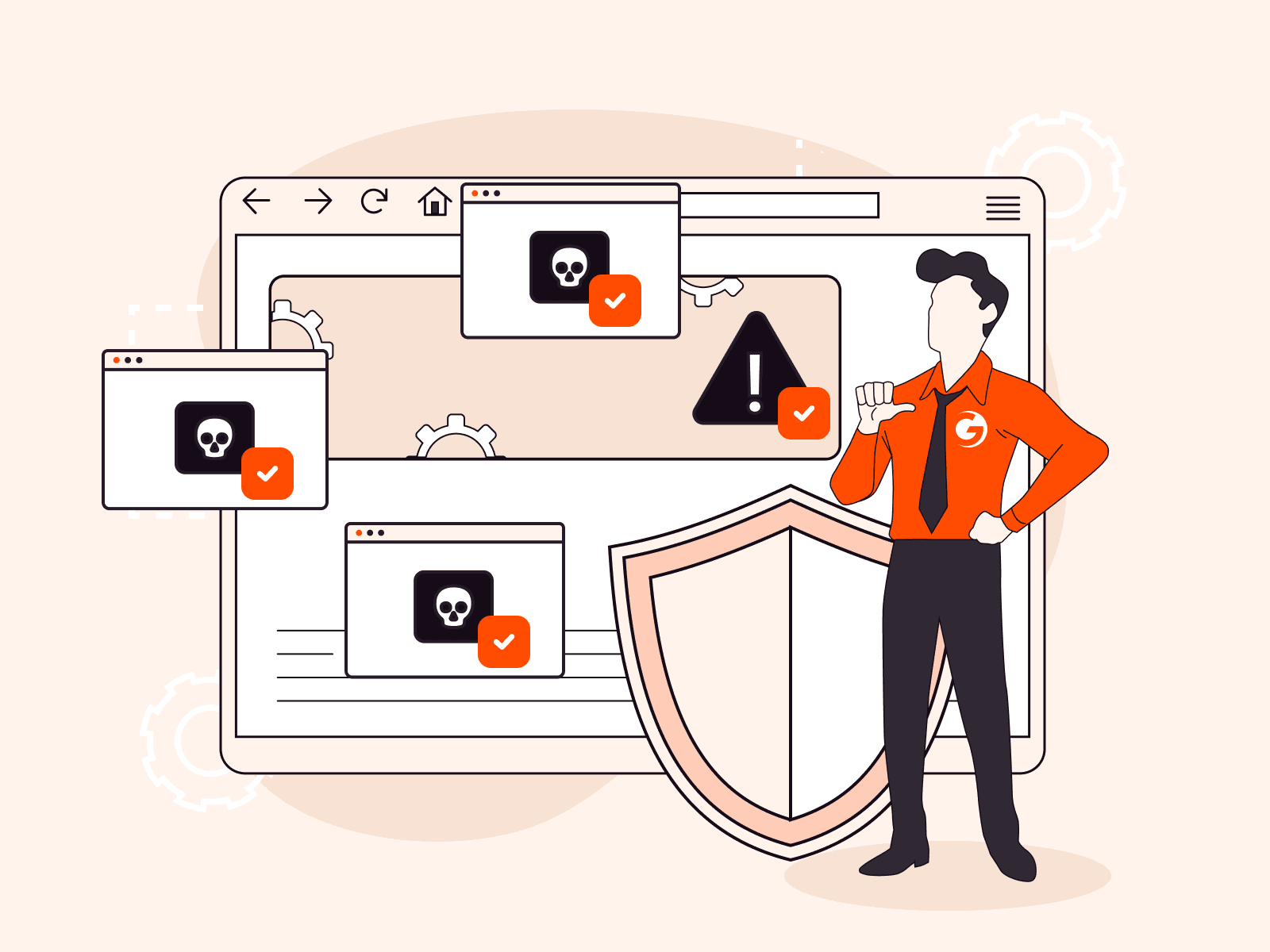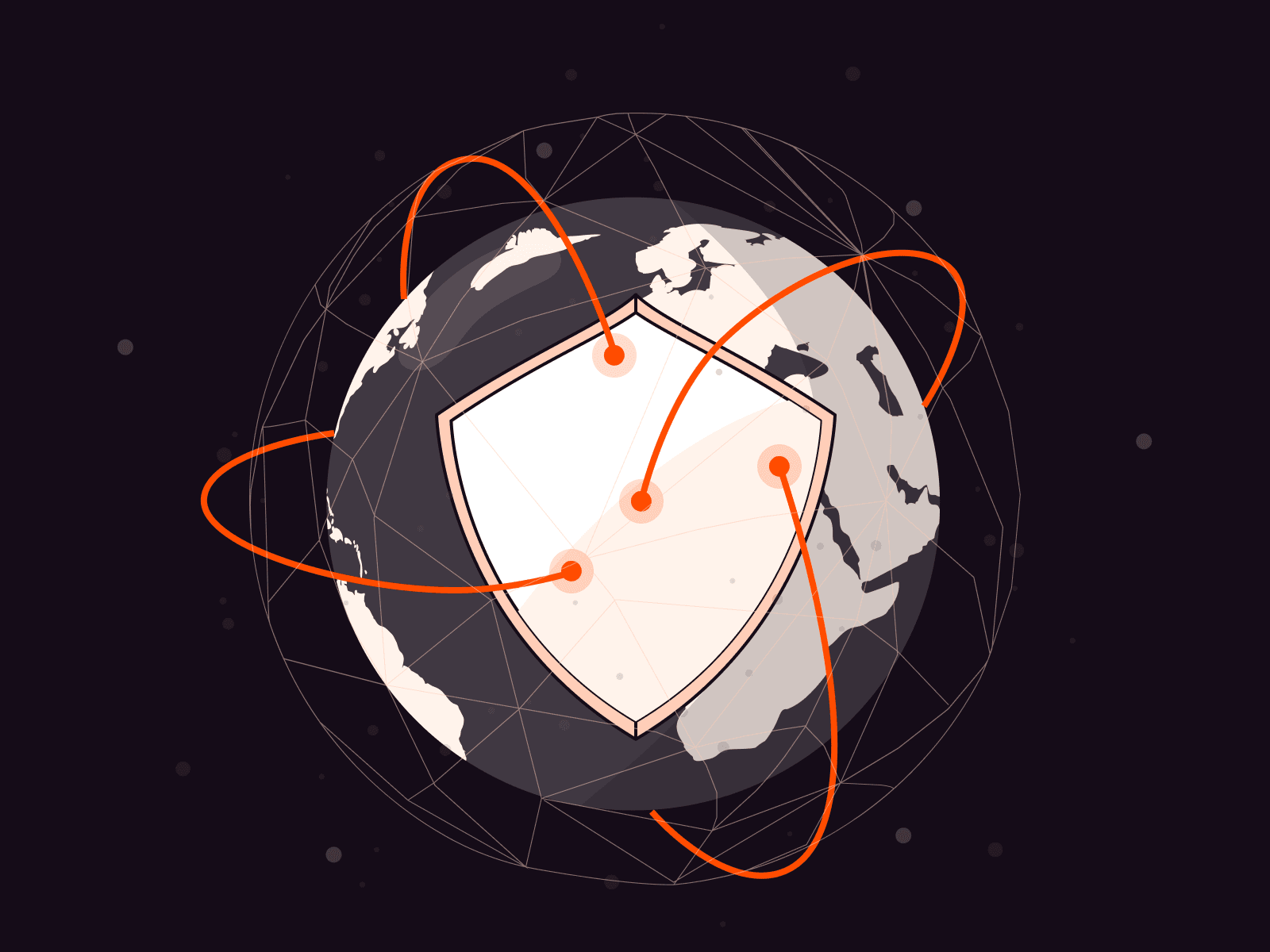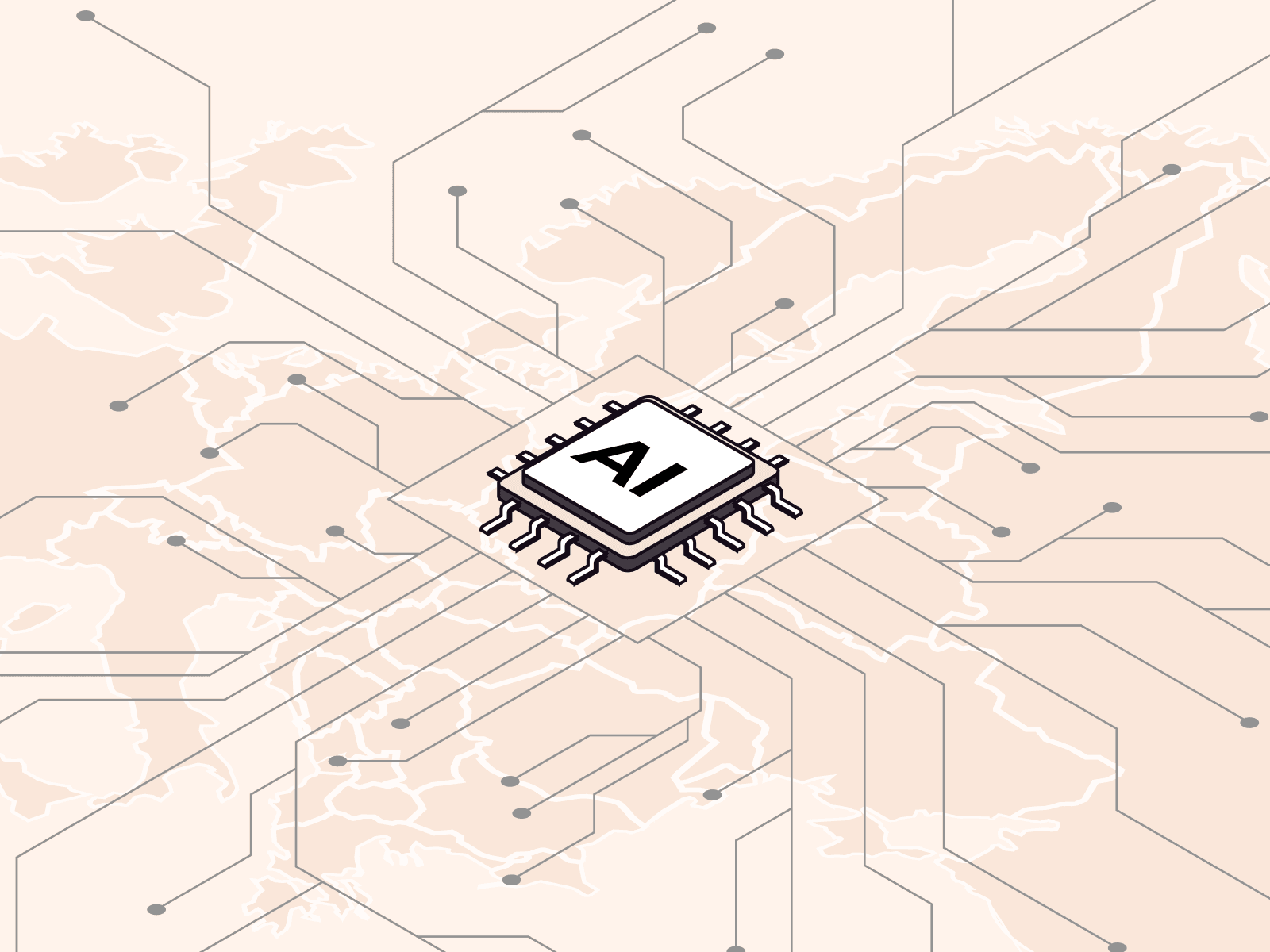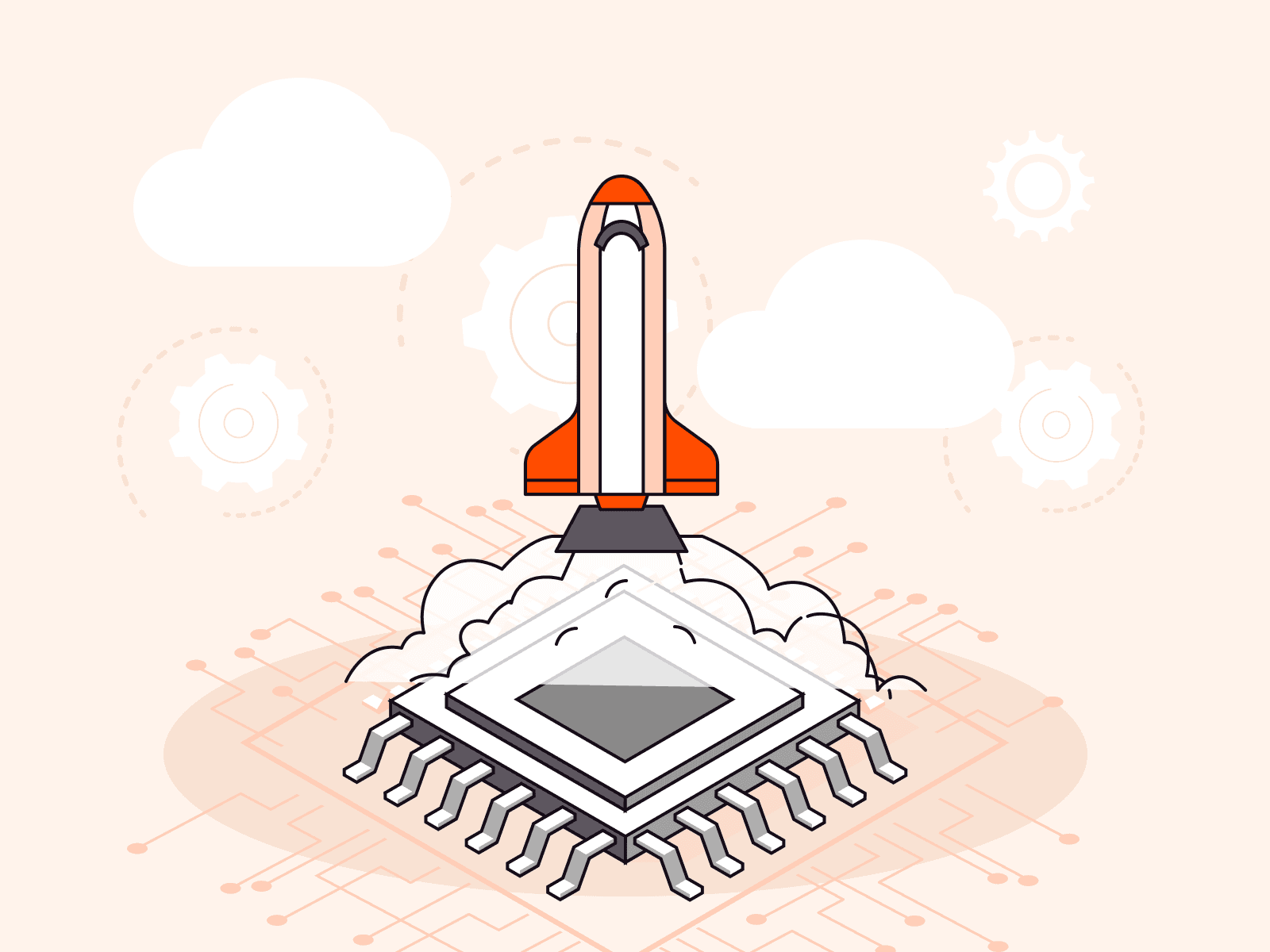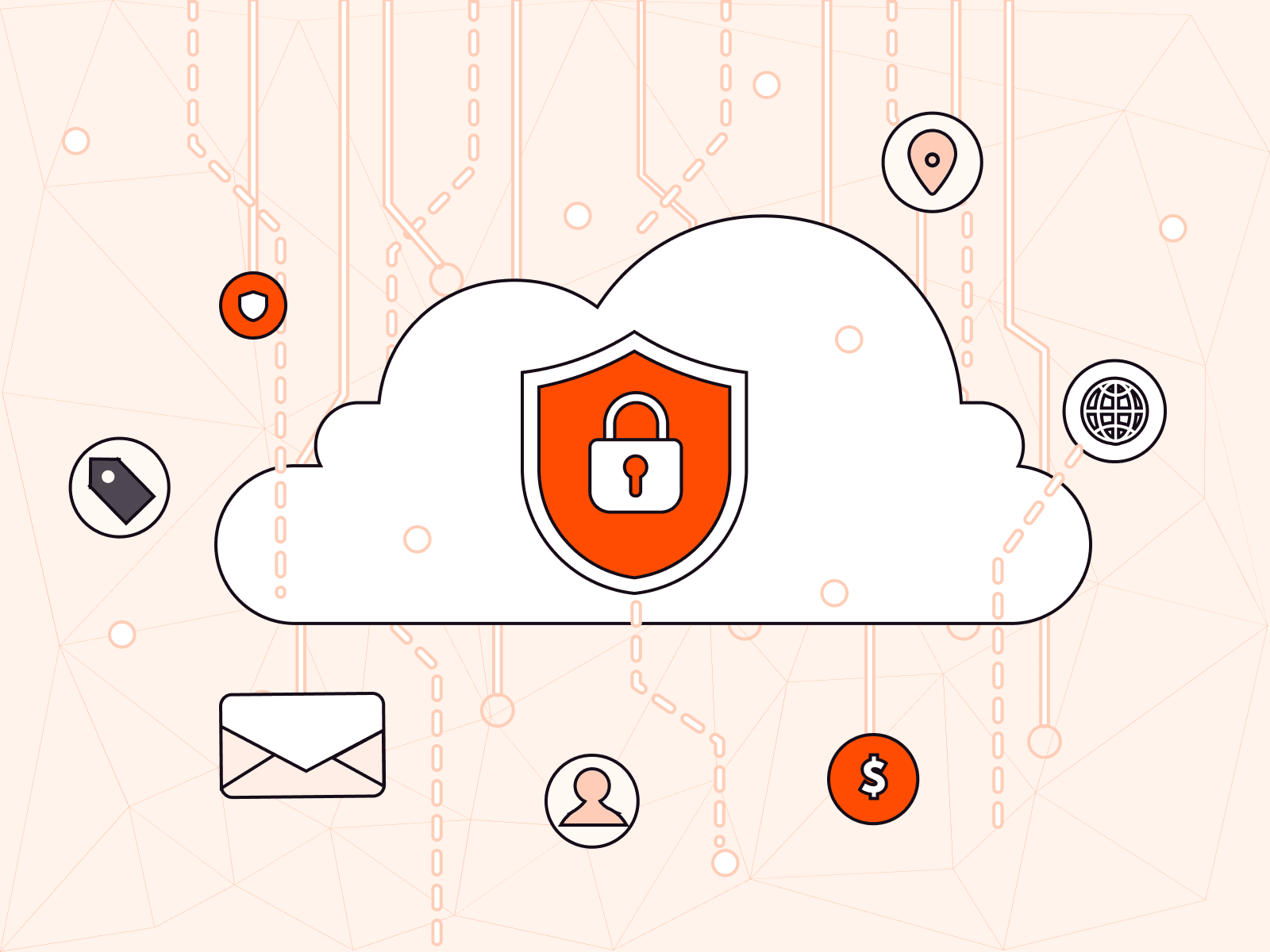4 AI-powered cyber threats and why AI cybersecurity is the most effective response
- December 17, 2024
- 4 min read

AI is shaping every aspect of our digital lives, including cybersecurity. What was once a field dominated by human ingenuity and manual processes has now become a battleground of algorithms and machine learning systems. The transformative power of AI is undeniable, but it comes with a paradox: it’s both a shield and a weapon.
As 2025 unfolds, cyber threats and defenses are escalating in sophistication, with AI driving innovations on both sides. This article explores four ways that attackers are leveraging AI to launch advanced cyberattacks and how security professionals are using the same technology to counter these threats effectively.
4 AI-powered cyber threats on the rise
The potential of AI to cause harm mainly lies in its capability to make traditional attack methods faster, more efficient, and harder to detect. Four of the most popular kinds of AI-driven threats shaping the current face of cybersecurity are automated phishing campaigns, social engineering, zero-day exploits, and deepfake attacks. Let’s look at them in detail.
1. Automated phishing campaigns
Phishing has always been the foundation of online criminal activities for decades. It was also the most reported kind of cybercrime last year, with nearly 300,000 FBI complaints accounting for about 34% of all reported cybercrimes. Traditional phishing relies on sending generic emails in bulk, hoping a fraction of recipients will fall for the bait.
AI changes the game entirely. With the use of NLP, attackers study linguistic patterns, formats of company emails, and social media profiles of individuals to create very personalized phishing messages. AI tools can even emulate the writing styles of CEOs or colleagues, making such emails sound highly convincing. AI-powered phishing systems can improve by failing: once a tactic doesn’t pay off, the system refines the approach and tries again. This iterative process makes phishing campaigns more successful over time.
2. AI-enhanced social engineering
While social engineering has been based on the exploitation of human psychology for a long time, with AI, the tactics have become more sophisticated and widespread. By analyzing vast amounts of data from social media, online forums, and leaked databases, AI lets attackers build detailed psychological profiles of their targets.
Imagine someone calling you, stating your last vacation, naming your pet, and even timing their call to your next meeting. AI makes these manipulative interactions alarmingly personal to create a false sense of trust.
These tactics are not only a danger to individuals but also to organizations, where attackers manipulate employees who have access to sensitive information with the help of AI. One example is AI-driven voice cloning, which has been used to impersonate executives to sanction fraudulent transactions, successfully bypassing security measures that were in place.
3. Zero-day exploits and AI-generated malware
AI is reshaping the cybersecurity threat landscape by automating tasks that once required significant human expertise and time. In the case of zero-day exploits—vulnerabilities in software that developers aren’t aware of—AI can rapidly analyze massive codebases to identify weaknesses before they’re patched. This accelerates the timeline for attackers, reducing the window of safety for organizations.
Malware development has also evolved with AI-driven automation. A key example is polymorphic malware, which constantly changes its structure to evade traditional detection methods like signature-based antivirus systems. While older malware could be recognized by its digital fingerprint, polymorphic malware morphs frequently, making it harder for defenses to keep up.
4. Deepfake attacks
Deepfake technology leverages AI to create realistic but fabricated audio and video content. While it has legitimate uses in, for example, entertainment and education, it also introduces significant security risks by enabling convincing impersonations and disinformation campaigns.
Attackers can use deepfakes to impersonate key individuals in video or audio calls, facilitating fraud, corporate espionage, or spreading false information. For instance, a fake executive could authorize a fraudulent wire transfer or deliver false statements, causing financial or reputational damage. Or deepfakes could simulate a company spokesperson announcing fake news, triggering market instability or harming investor confidence.
AI as a cybersecurity ally: fighting fire with fire
To counter sophisticated AI-powered threats, the best defense is one that also involves AI. AI-powered cybersecurity solutions are faster, more accurate, and more adaptive than their predecessors. Predictive threat detection, real-time defense, and endpoint security are three powerful AI tools to counter the threats mentioned above.
Predictive threat detection
Unlike traditional systems, which depend on predefined rules, AI detects behavioral patterns. This makes it difficult for attackers to exploit static defenses.
For example, AI can analyze network traffic and identify abnormal behavior that could be the precursor to an attack. Using machine learning models, these solutions use historical data to predict potential threats before they happen.
Real-time defense
AI reacts instantly, giving it an upper hand over human-led defenses. Upon identifying any malicious activity, an AI system can automatically release deployment mechanisms like isolating affected devices or blocking malicious activities.
This is particularly important when trying to prevent AI-driven zero-day exploits before they cause serious harm. AI-driven zero-day exploits can spread rapidly due to their automated nature. Traditional security responses rely on human detection and intervention, which can be slow, leaving systems exposed. Since zero-day exploits target previously unknown vulnerabilities, there are no pre-existing patches or defenses. AI-powered defenses, however, can recognize unusual patterns of behavior in real time, even if the specific exploit is unknown. This speed and adaptability are crucial when dealing with zero-day exploits, where time is the most critical factor.
Endpoint security
AI-powered cyberattacks on laptops, smartphones, and IoT devices include personalized phishing, adaptive malware, and deepfake-based authentication bypasses. These attacks exploit device vulnerabilities, automate data theft, and enable network intrusions faster than traditional methods.
AI-powered endpoint detection and response tools monitor these devices continuously for any form of suspicious activity. AI can flag unusual behavior, like a device accessing sensitive files at odd hours or connecting to an unknown IP address. By detecting these vulnerabilities early, AI will be able to neutralize the threat before it has time to spread.
Best practices for leveraging AI in cybersecurity
To fully harness AI while minimizing risks, organizations should:
- Keep the AI models current: It’s important to make sure your AI model, through constant updating, uses state-of-the-art threat intelligence technology; otherwise, its effectiveness is compromised as the attack vectors keep changing with time.
- Embed AI into existing tool sets: Integration of AI with encryption and multi-factor authentication, among other security means, forms a strong multi-layered defense.
- Embrace transparency: Invest in explainable AI systems where the security teams understand and trust the decisions taken by the AI.
- Collaborate and share intelligence: Sharing AI insights across sectors will improve collective resilience to new emerging threats.
Embrace AI-powered cybersecurity to stay ahead of attackers
AI is changing the face of cybersecurity, empowering both attackers and defenders. Organizations must take concrete action to adopt AI-driven strategies or risk breaches by a new generation of AI cyber threats.
Gcore Edge Security uses AI to protect businesses from zero-day vulnerabilities, advanced malware, and other emerging threats. Gcore helps organizations stay one step ahead of attackers by combining real-time threat detection with predictive analytics.
Related articles
Subscribe to our newsletter
Get the latest industry trends, exclusive insights, and Gcore updates delivered straight to your inbox.

